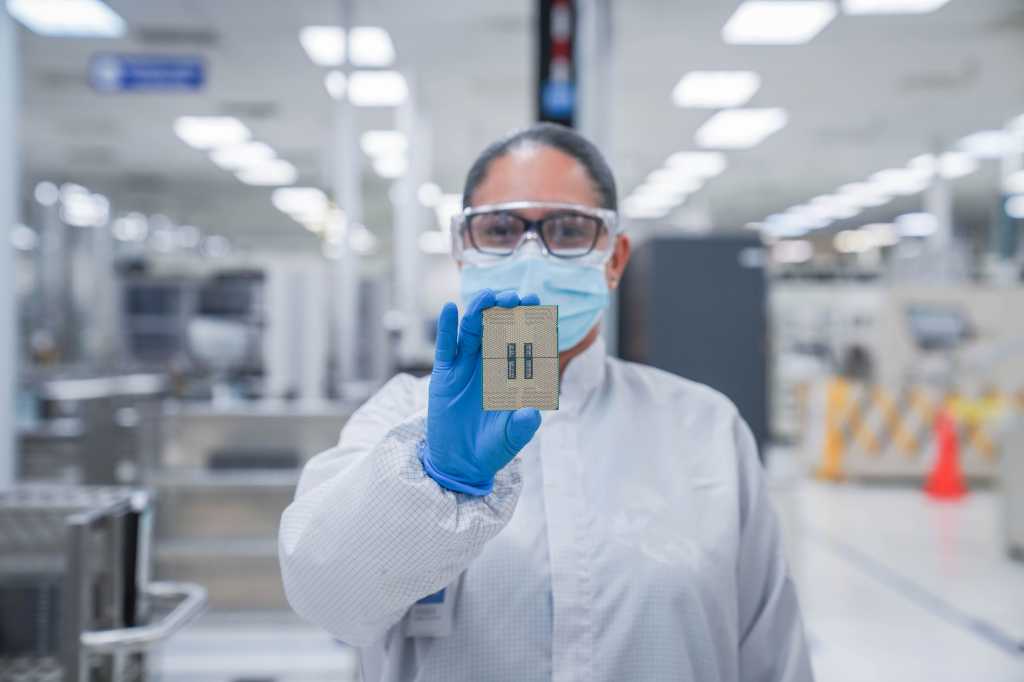

Shane Rau, IDC’s research vice president for computing semiconductors, said Intel’s introduction of Xeon 6 with P-cores and E-cores acknowledges that end-user workloads continue to diversify and, depending on what workload an end-user has, they may need primarily performance (P-cores) or to balance performance and power consumption (E-cores).
“For example, workloads run primarily in a core data center, where there are fewer power constraints and more need for raw performance, can use more P-cores,” Rau said. “In contrast, workloads run primarily in edge systems, like edge servers, need to work within more constrained environments where power consumption and heat output must be limited,” and therefore benefit from E-cores.
“If you think of AI has mimicking what humans do and humans do a lot of different tasks requiring different combinations of capabilities, then it stands to reason that AI will need different capabilities depending on the task,” Rau continued. “Further, not every task requires maximum performance and so needs maximum acceleration (e.g. server GPUs), many tasks can be run on microprocessors only, or on other kinds of specialized accelerators. In this way, AI, like a new market, is maturing and segmenting as it matures.”

